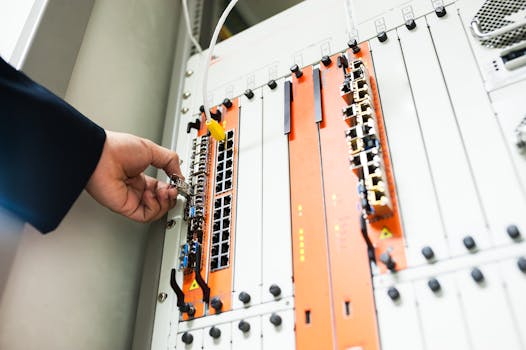
Installation Best Practices for Fiber Optic Networks: A Comprehensive Guide
Installation best practices for fiber optic networks are crucial to ensure reliable and high-speed connectivity. As the demand for faster and more reliable internet connectivity continues to grow, the importance of proper fiber optic network installation cannot be overstated. In this article, we will delve into the best practices for installing fiber optic networks, covering everything from planning to testing and maintenance.
Planning and Design
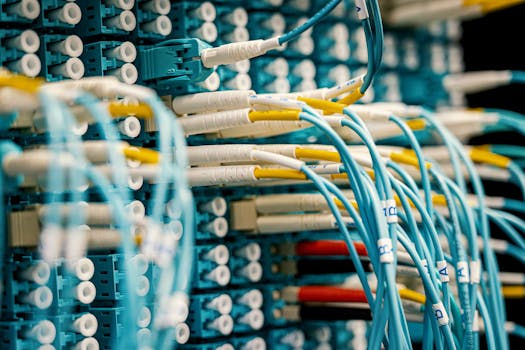
Before embarking on a fiber optic network installation project, it is essential to plan and design the network carefully. This involves determining the network’s requirements, including the number of users, bandwidth needs, and the geographical area to be covered. A thorough site survey should be conducted to identify potential obstacles, such as existing infrastructure, environmental factors, and regulatory restrictions. The network design should take into account factors like fiber optic cable type, connector types, and splicing methods.
A well-planned network design should also consider the network’s topology, including the location of central offices, distribution points, and fiber optic cables. The design should be flexible enough to accommodate future upgrades and expansions. It is also crucial to ensure that the network design complies with industry standards and regulations, such as those set by the Telecommunications Industry Association (TIA) and the International Electrotechnical Commission (IEC).
Installation and Testing
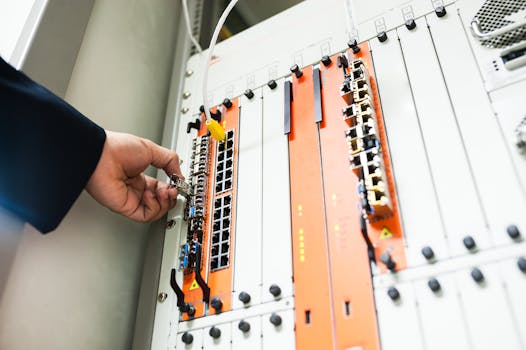
Once the network design is complete, the installation process can begin. This involves laying the fiber optic cables, either underground or aerially, depending on the network’s requirements. The cables should be handled carefully to avoid damage, and the installation team should be trained to work with fiber optic cables. The use of proper installation tools, such as fiber optic cable cutters and connectors, is also essential.
After the cables are installed, the network should be tested to ensure that it is functioning correctly. This involves testing the optical power, signal quality, and connectivity. The testing process should be thorough, and any issues should be identified and addressed promptly. The use of testing equipment, such as optical time-domain reflectometers (OTDRs) and optical spectrum analyzers (OSAs), can help to identify any problems with the network.
Maintenance and Upgrades
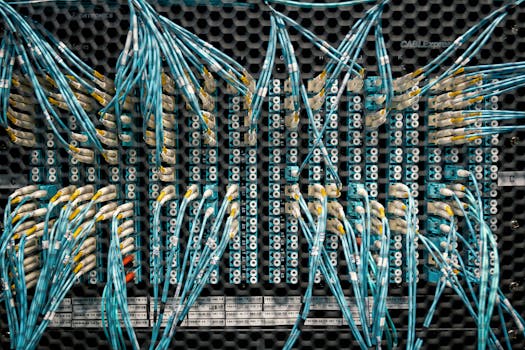
Once the fiber optic network is installed and tested, it is essential to maintain it properly to ensure that it continues to function optimally. This involves regular testing and monitoring of the network, as well as performing routine maintenance tasks, such as cleaning and inspecting the fiber optic cables and connectors. The network should also be upgraded regularly to keep pace with advancing technology and growing bandwidth demands.
Upgrades may involve installing new fiber optic cables, upgrading network equipment, or modifying the network topology. Any upgrades should be planned carefully to minimize downtime and ensure that the network remains operational during the upgrade process. It is also essential to ensure that any upgrades comply with industry standards and regulations.
Conclusion
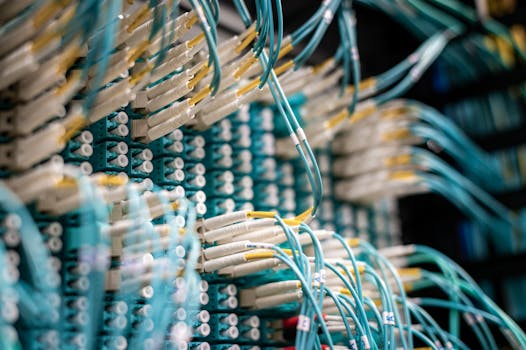
In conclusion, installation best practices for fiber optic networks are critical to ensuring reliable and high-speed connectivity. By following the guidelines outlined in this article, network installers and operators can ensure that their fiber optic networks are installed, tested, and maintained properly. This will help to minimize downtime, reduce maintenance costs, and ensure that the network continues to function optimally over its lifespan. As the demand for faster and more reliable internet connectivity continues to grow, the importance of proper fiber optic network installation will only continue to increase.



